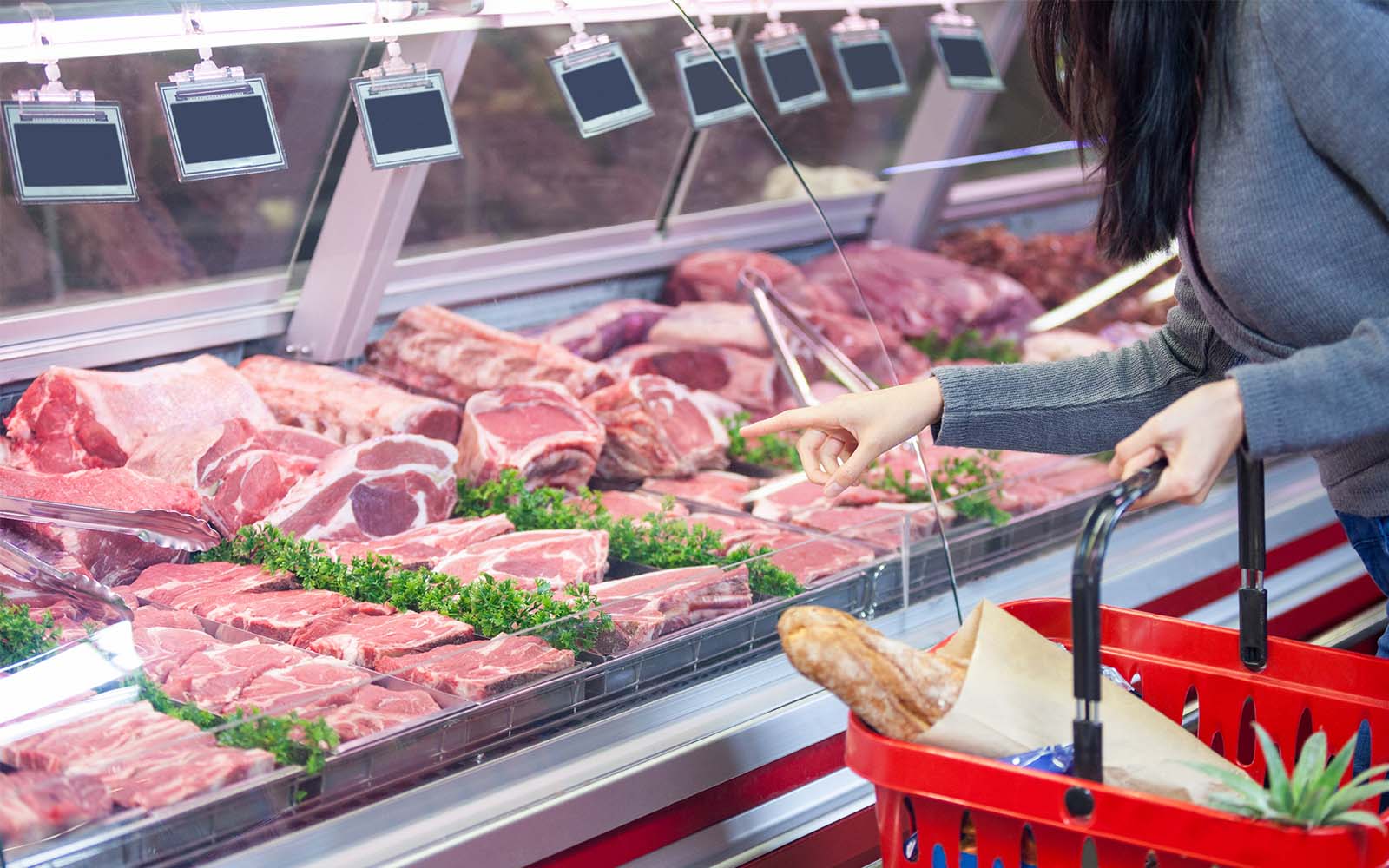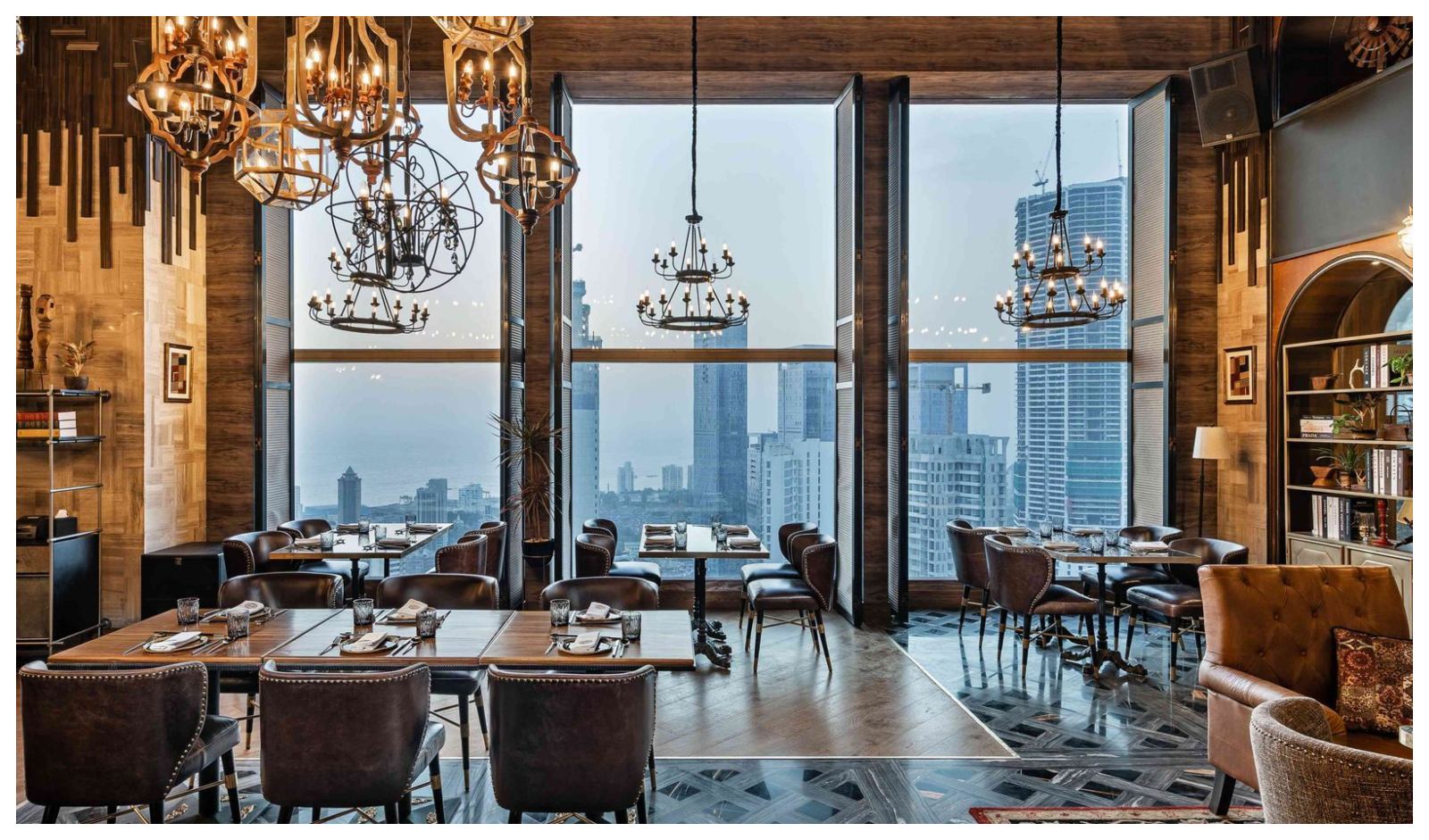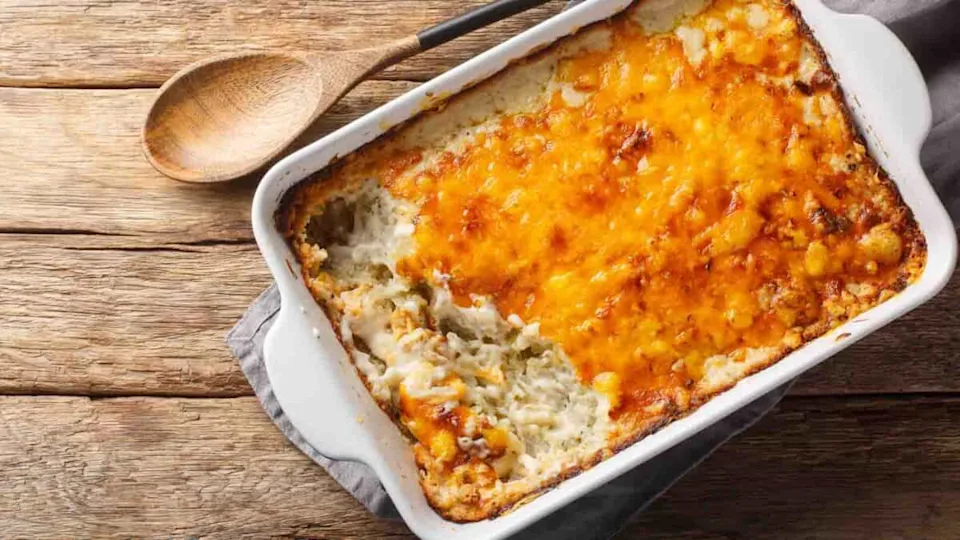In a butcher shop, there are rows of shiny cases with steaks, chops, roasts, and ribs, each with a label that gives it a name and a cut that you may not know. For those used to supermarket shopping, it might even feel a little intimidating. But here’s the secret: once you understand the basics, choosing the best cuts of meat at a butcher shop in Denver becomes not only simple but enjoyable.
1. Know What You’re Cooking First
Before stepping up to the counter, think about what you’re making and how you plan to cook it. Some cuts are best for quick searing, while others shine after long, slow braising. Here’s a quick guide to get started:
- Grilling Or Pan-Searing: Look for tender cuts like ribeye, strip steak, T-bone, or tenderloin.
- Slow Cooking Or Braising: Choose tougher, more flavorful cuts like chuck roast, short ribs, or brisket.
- Roasting: Go for cuts like pork loin, leg of lamb, or prime rib.
Matching the cut to the cooking method ensures your meat is tender and flavorful.
2. Understand The Basics Of Meat Grading And Marbling
Regarding beef, marbling—the fine streaks of fat running through the muscle—is a key indicator of tenderness and flavor. The more marbled the meat, the more juicy and rich it tends to be when cooked. Ask your butcher about the grade or look closely at the fat distribution in the meat. A good cut will have even, thin marbling throughout rather than thick chunks of exterior fat.
3. Don’t Overlook The Lesser-Known Cuts
While ribeye and filet mignon are popular, they’re not the only delicious options at the butcher counter. Many lesser-known cuts offer excellent flavor and value when appropriately prepared. For example:
- Flat iron steak is tender and affordable, and it is great for grilling.
- For stir-fries and fajitas, skirt steak is ideal.
- Pork shoulder is ideal for slow-roasting or pulled pork.
Your butcher can help you discover these underrated gems based on your recipe or budget.
4. Ask Questions And Take Recommendations
One of the most significant advantages of shopping at a butcher shop is access to expert knowledge. Don’t hesitate to ask your butcher what’s fresh, what’s in season, or what they recommend for your cooking plans. They can guide you toward the best value, share tips for preparation, and may even offer custom cuts or seasoning ideas.
Many butchers also have a preferred supplier or farm they trust and can tell you more about how the meat was raised—something you rarely find at a supermarket.
5. Examine Color, Texture, And Smell
Trust your senses when choosing meat:
- Color: Beef should be a rich red, pork a pale pink, and lamb a darker pink to red. Avoid meat that looks grey, brown, or dull.
- Texture: Instead of being mushy, the meat should feel firm to the touch.
- Smell: Fresh meat has a clean, slightly metallic scent. Any sour or off-putting smell is a red flag.
Good butchers maintain strict quality standards, but it’s always smart to give your selections a quick visual and sensory check.
6. Buy Only What You Need—Or Prep For More
Because you’re dealing with a real person, you can ask for exactly the quantity you need—whether that’s a half-pound of ground beef or a single lamb chop. This gives you more control over portion sizes and helps cut down on waste.
Alternatively, you can plan ahead and ask for larger quantities to portion and freeze at home.
Final Thoughts
Choosing the best cuts of meat at a butcher shop is about more than picking something from the display. It’s about understanding your cooking goals, learning the qualities of each cut, and using the expertise of your local butcher to make informed, delicious choices. With a little knowledge and a few questions, you’ll walk away not just with quality meat—but with the confidence to cook it perfectly.




